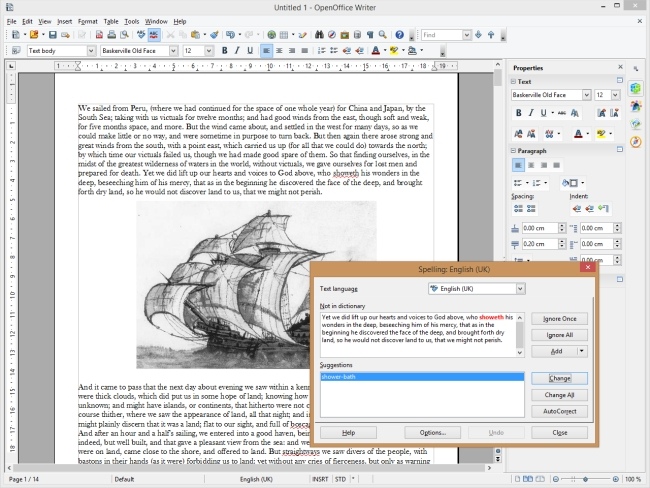

The term “word processing” (translated from the german word Textverarbeitung) itself was created in the 1950s by Ulrich Steinhilper, a German IBM typewriter sales executive. It was not until decades later that the introduction of electricity and electronics into typewriters began to help the writer with the mechanical part. The only "word processing" these mechanical systems could perform was to change where letters appeared on the page, to fill in spaces that were previously left on the page, or to skip over lines. In the late 19th century, Christopher Latham Sholes created the first recognizable typewriter although it was a large size, which was described as a "literary piano". More than a century later, another patent appeared in the name of William Austin Burt for the typographer. The first word processing device (a "Machine for Transcribing Letters" that appears to have been similar to a typewriter) was patented by Henry Mill for a machine that was capable of "writing so clearly and accurately you could not distinguish it from a printing press". Through history, there have been three types of word processors: mechanical, electronic and software. The concept of word processing arose from the more general data processing, which since the 1950s had been the application of computers to business administration. The term word processing appeared in American offices in early 1970s centered on the idea of streamlining the work to typists, but the meaning soon shifted toward the automation of the whole editing cycle.Īt first, the designers of word processing systems combined existing technologies with emerging ones to develop stand-alone equipment, creating a new business distinct from the emerging world of the personal computer.

The history of word processing is the story of the gradual automation of the physical aspects of writing and editing, and then to the refinement of the technology to make it available to corporations and Individuals. Rather, they evolved from mechanical machines and only later did they merge with the computer field. Word processors did not develop out of computer technology.
APACHE WORD PROCESSOR FREE PDF
You can also export files to PDF from all three programs. But those instances usually only require minor tweaks to correct. Occasionally, it will hiccup as when it removed all the embedded images from a Word doc I had open. It does so flawlessly most of the time, even with complexly formatted documents like resumes and multi-column newsletters. Open Office has excellent compatibility with Office formats and can export to PDF from all three apps.īy default, Open Office uses the Open Document standard for native files, but you can change it to save to Microsoft formats, and it can read and write existing Word, Excel, and PowerPoint files.


 0 kommentar(er)
0 kommentar(er)
